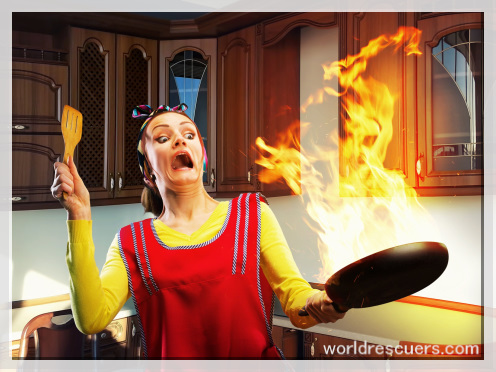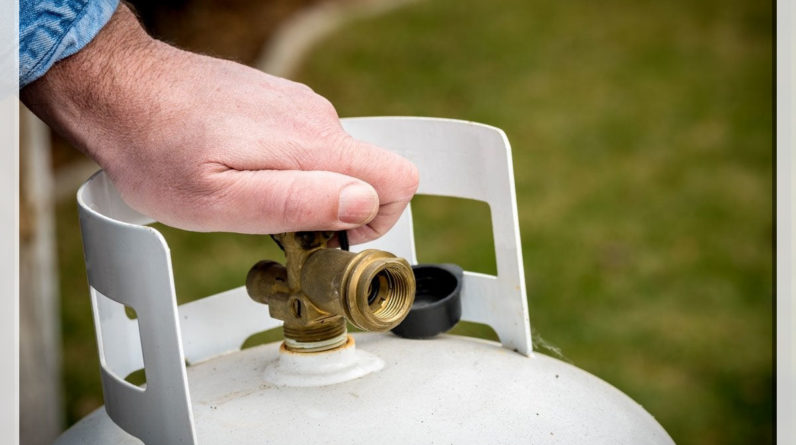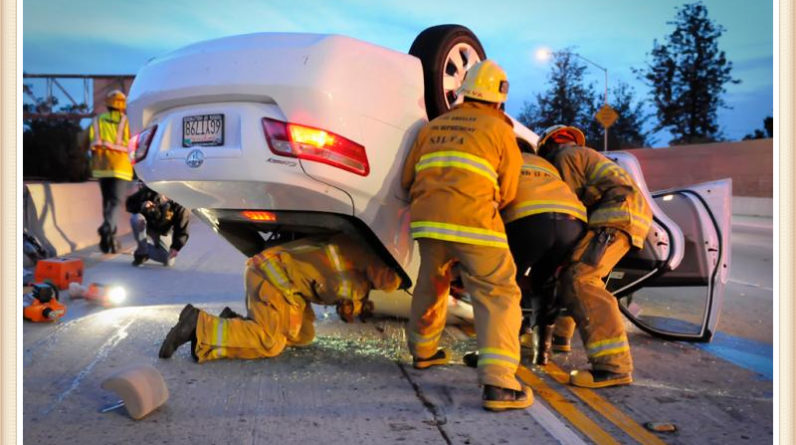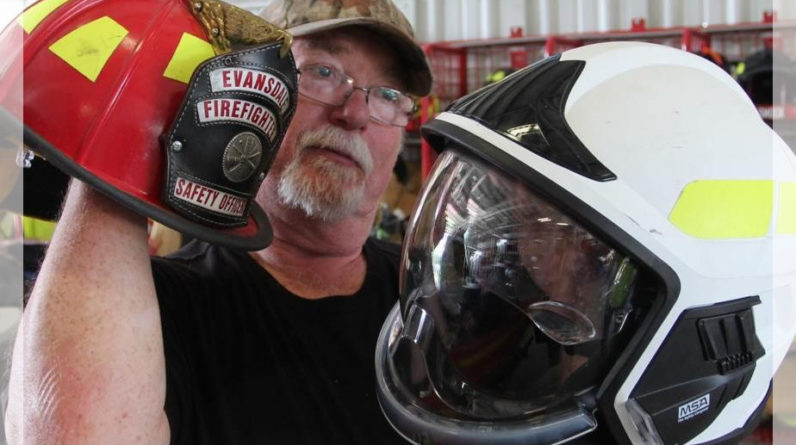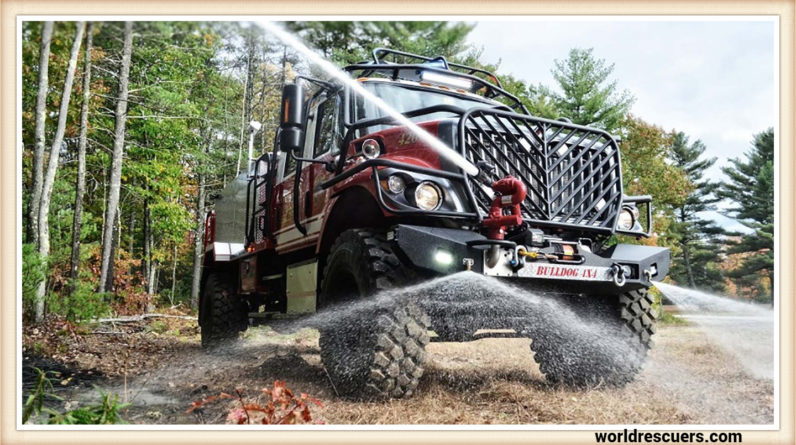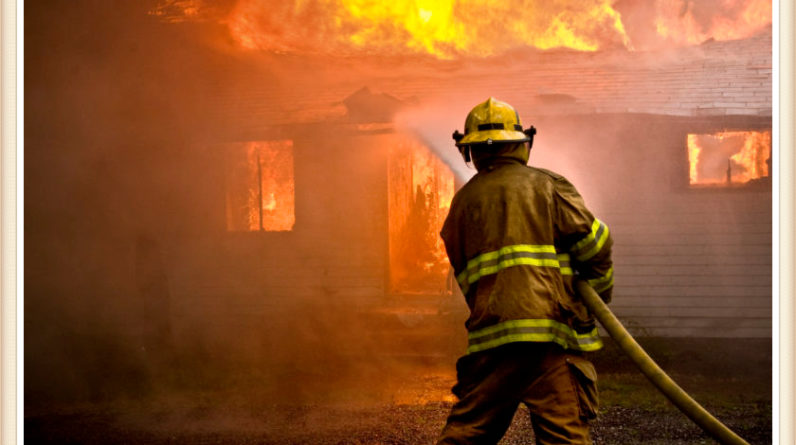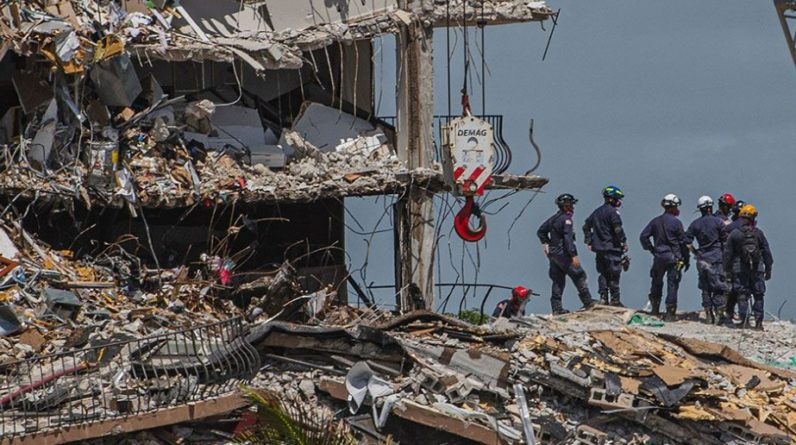
Building collapse
The modern world is taking care of its residents by designing safer buildings with the help of Engineers. Unfortunately, there are many factors that have the capacity to lead to Building collapse.
The probable and common causes or factor may include:
- Poor planning and design of the building structure
- Engineering errors
- Improper design and construction of the foundation of the building
- Failure to perform load tests and putting heavy weight on the structure
- Use of improper or defective building materials during construction
- Errors during construction by the contractor
- Negligent inspection and maintenance of the structure after completion
- Failure of Safety measures
However, those most at risk tend to be workers involved in the building, renovation, or demolition of a structure.
WHAT IS A STRUCTURAL COLLAPSE?
Every building has its limit to bear the weights and that is called designed load. This load is actually a load or stress a building can withstand without failing. A “failure” doesn’t necessarily refer to the immediate and sudden collapse of the structure. Excess loads can also slowly diminish structural integrity over time.
Structural failure and collapse may also occur as a result of external forces. For example, disasters both natural (such as floods, hurricanes, etc.) and manmade (such as fires and explosions) can overload and deform a structure. The building may collapse immediately under the strain or suffer damage that can result in failure at a later date.
WHAT CAUSES STRUCTURAL FAILURE AND COLLAPSE?
Many building collapses originate due to failure before, during, and after construction. However, while these factors may account for the root cause of the collapse, they do not necessarily describe the mechanics that cause the structure to fail.
Different failures can be caused because of the following :
Bending:
Load-bearing elements of a structure can bend if they are subject to excess load than the designed load. This bending can cause deformation of the structure’s supports or, in extreme cases, bend the support to its breaking or rapture point.
Shearing:
Shear happened when a structural element is subject to two forces moving in the opposite direction. If the shear forces are too strong, the structure will lead to collapse.
Buckling:
All structures have a critical load, which is the maximum amount of weight the structure can hold before it fails. Buckling occurs when the critical load is exceeded the designed load, resulting in bending, bowing, and other deformation of structural components. In return, this leads to instability that can cause acute structural failure and collapse.
Tensile failure:
Tensile strength is a material’s resistance to tension. As such, structural failure and collapse can occur if the materials are exposed to heavy tension.
Compressive failure:
Compression is the opposite of tension; it involves forces pushing inward on a structure rather than pulling outward.
WHAT ARE THE DIFFERENT TYPES OF STRUCTURAL COLLAPSE?
Structural collapses take one of two different forms: complete and partial. In a complete collapse, the entirety of the structure falls down. With a partial collapse, meanwhile, only part of the structure collapsed.
One of the most serious concerns with any structural failure is the potential for a progressive collapse. A progressive collapse occurs when the failure of one or more primary structural components causes other elements of the structure to fail. In this scenario, what might have consisted of localized damage puts the entire structure in jeopardy.
Whether partial or complete, most structural failures and collapses can be categorized as follows:
V-shaped collapse:
If the floor of the facility is overloaded, the center of the floor may collapse while the walls remain standing. This creates a V-shaped collapse site.
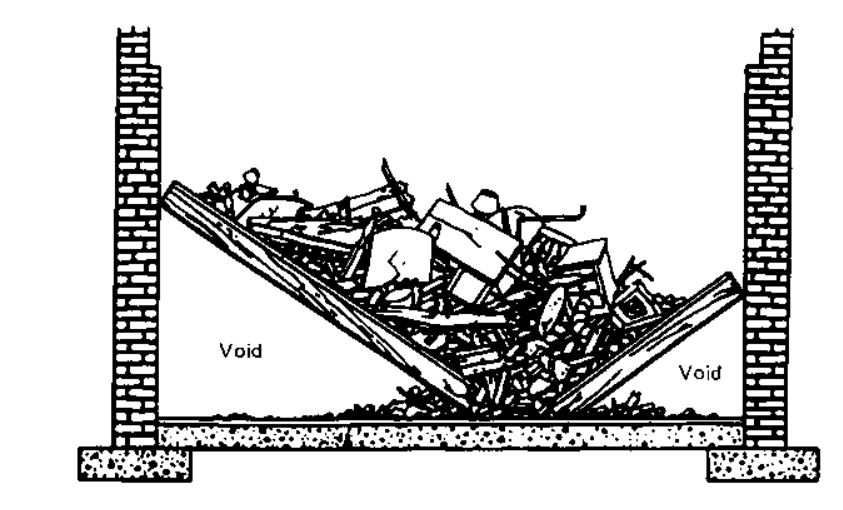
Lean-to Building collapse:
Wall collapses are a serious concern on construction sites. A lean-to collapse occurs when one load-bearing wall fails while the others remain standing.
A-frame collapse:
Also known as a tent collapse, this structural failure occurs when the floor comes loose from the exterior walls but the center interior wall remains intact.
Pancake collapse:
A pancake collapse occurs when the stories of a multi-level structure crash down on top of one another. This is also known as a horizontal collapse, as the entirety of the floors and walls fail.
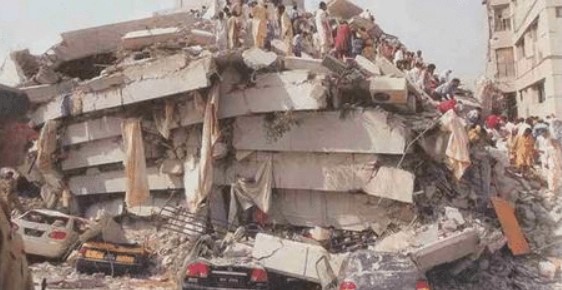
Cantilever Building collapse:
In structural engineering, a cantilever is a central support that holds one end of a structural element that extends outward. (For purposes of illustration, the Queensboro Bridge in New York is a cantilever bridge.) In a cantilever collapse, one or more of the structure’s walls fail, leaving support for the structure dependent on the remaining wall(s). This is an extremely dangerous situation, as a progressive collapse could occur if the remaining wall or walls are not promptly reinforced.
Understanding the structural mechanics of the building to find out the cause of the structural failure is necessary. Human is not the only ones affected by any incident of structural collapse, animals of that area faces severe loss. It is also crucial in identifying the potential cause of negligence of any type of owner or any social factor.

Hi, I am John Smit a Captain in Fire Department City of Newyork with over years of experience in the field of Firefighting and HSE. My passion for fire safety started when I was a young boy and witnessed a neighbor’s house go up in flames along with precious lives. Since then, I had dedicated my life to ensuring the safety of buildings, properties, and individuals in case of a fire and medical emergencies.

